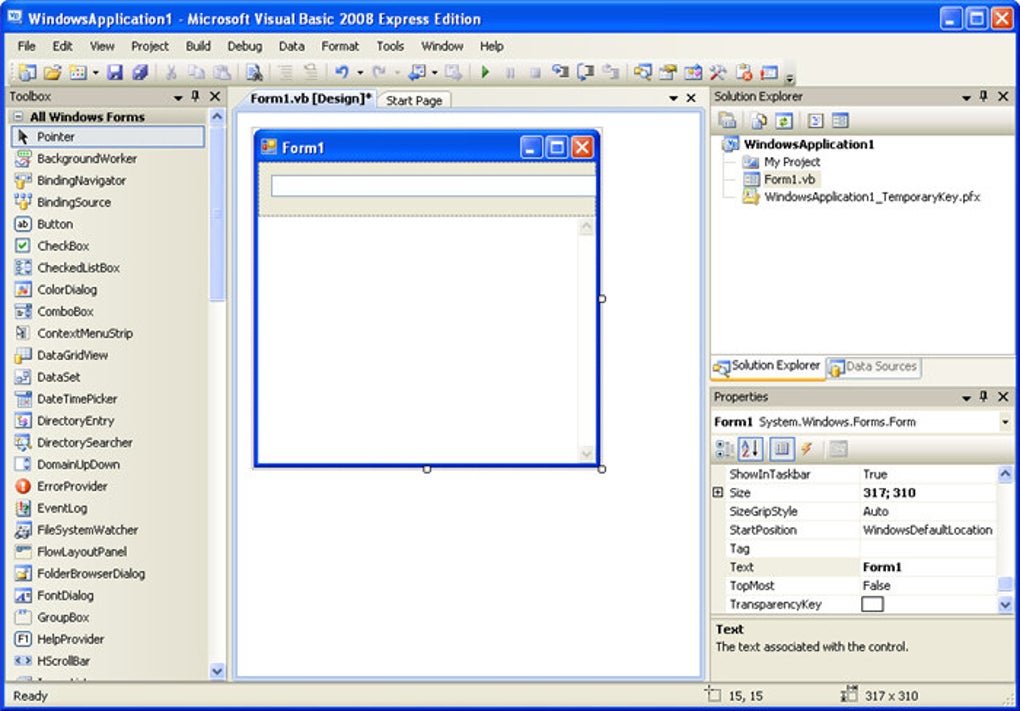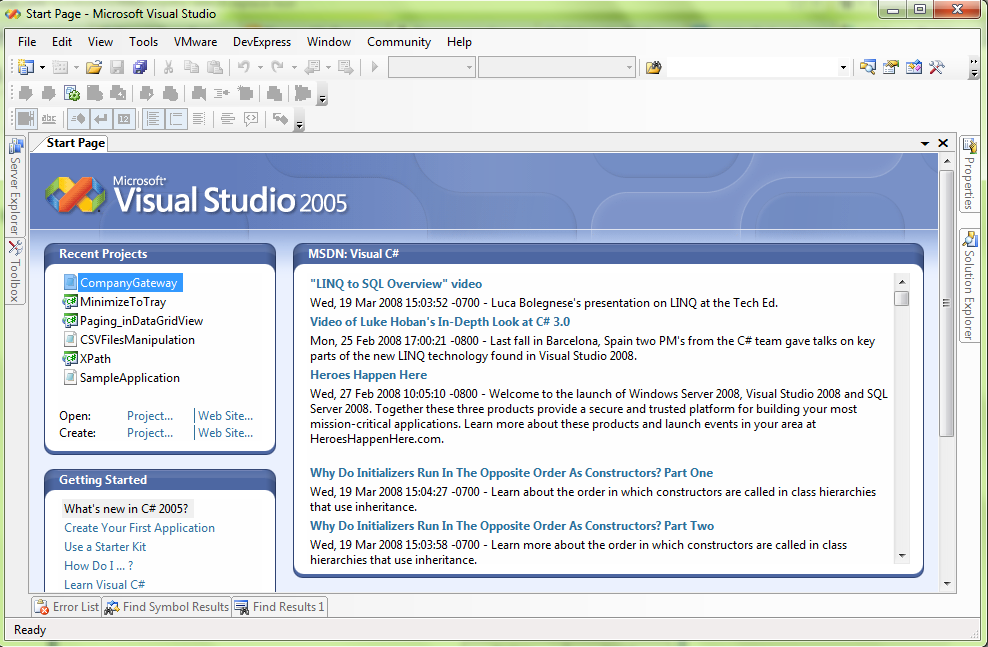


Microsoft Visual Basic 2010: Reloaded, Fourth Edition Follow the Windows standards regarding the use of graphics, fonts, and color.

Follow the Windows standards regarding the layout and labeling of controls.Objectives After studying this chapter, you should be able to: I wrote a simple VB.NET application which works fine on the development machine.However on another machine, even though the.NET Framework is installed, it crashes on startup with seems to be a problem with it finding the Visual Basic assemblies.Here is one of the fails (I replaced sensitive information with three dots).Microsoft Visual Basic 2010: Reloaded Fourth Edition Assembly Binder Log Entry ( 15:45:12).The operation failed.Bind result: hr = 0x80070002. It isn't that clear why PowerPacks is missing, the.NET 4 Client Profile could be an issue. There have been multiple versions of PowerPacks around and the version numbering got to be a mess. On my machine, that same version is reported as v7, even though it is stored in the GAC as version 10.0Best thing to do is to go back to your project. That now shows the References node.Įxpand it and select the PowerPacks reference.Ĭlick the 'Show All Files' icon on the toolbar in the Solution Explorer window. In the Properties window, change the Copy Local property to True.Rebuild and your build directory now will have a copy of the DLL. Copy it along with the EXE onto the target machine. Apparently, it seems to be a problem with the 'PowerPacks' these are additional controls to the ones given by default in Visual Studio (in the form design part, under 'Toolbox'). If you install the on the target computer, everything should be fine.I had this problem in the past and my recommendation is not relying on these elements: they include nice-to-have features (in my case, it was an elliptic shape) but might be replaced with a bit of work and simpler objects. Microsoft visual basic powerpacks 12.0 download install# Microsoft visual basic powerpacks 12.0 download install#.


 0 kommentar(er)
0 kommentar(er)
